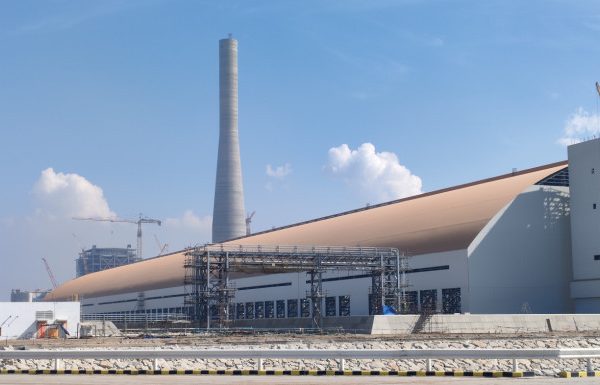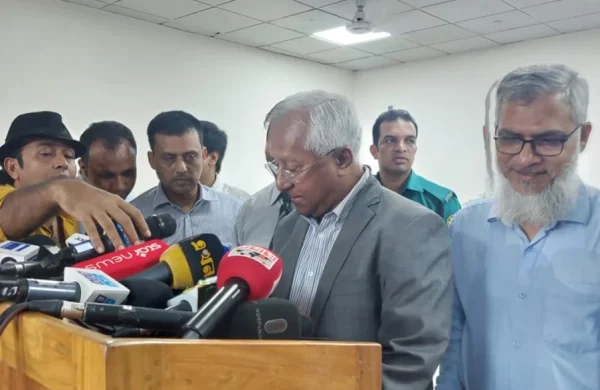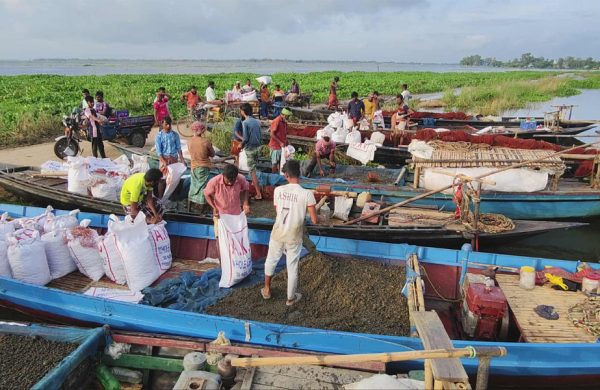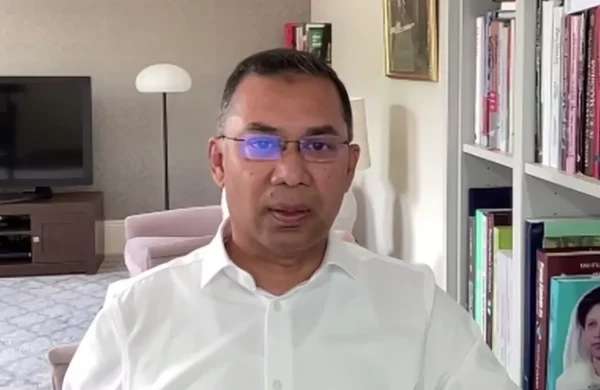BD back in SA remittance race
- Update Time : Sunday, August 31, 2025

TDS Desk:
Bangladesh has returned to a competitive remittance growth path in line with its South Asian neighbours, with a larger-than-usual flow of money sent home by expatriates following the political changeover in August last year.
Although Bangladesh posted strong growth in remittance earnings last year, Pakistan and Nepal recorded much higher spikes over the same period, according to the Asian Development Bank (ADB).
After the pandemic-hit 2020, remittance inflows to Bangladesh, Nepal and Pakistan had been rising gradually before surging in 2024.
Last year, Nepal led the region with a 36 percent jump to $14 billion, while Pakistan recorded a 31 percent rise to about $35 billion.
In its “Key Indicators for Asia and the Pacific 2025: Measuring Sustainable Global Production” report published last week, the ADB showed the trend.
Last year, Bangladeshis staying abroad sent home a record $27 billion, up 23 percent year-on-year. In the first seven months of this year, the country’s remittances climbed 26 percent year-on-year to $19 billion, according to the Bangladesh Bank.
Zahid Hussain, former lead economist at the World Bank’s Dhaka office, said the main driver was the drop in the demand for hundi, an informal and illegal money transaction channel.
“A diversion of remittance income from informal channels shifted after the July uprising. So, remittance income in the formal channel rose,” he said.
Hussain added that demand for hundi fell as money launderers were thrown out of power, which caused informal transfers to dwindle.
“It is the biggest reason for the spike in remittance in Bangladesh.”
The record number of workers going abroad also boosted earnings, said the economist.
Bangladesh sent 11.96 lakh workers overseas in 2023-24, surpassing the previous record of 11.37 lakh in 2022-23, according to the Bureau of Manpower, Employment and Training (BMET).
A higher exchange rate offered additional incentives, but Hussain said the drop in money laundering had the greatest impact.
Thanks to the continuous rise in remittance inflow, the foreign exchange reserves have started to recover after the sharp decline a year earlier.
As of August 28, reserves (BPM-6) rose 23 percent year-on-year to $26.19 billion, according to the central bank data.
Among South Asian countries, India has enjoyed strong and uninterrupted growth since the Covid pandemic. Remittances to India and Nepal dipped in 2020, while Pakistan, Bangladesh and Sri Lanka saw increases.
India’s success is largely linked to efficiency gains from its stronger technical education system, said Hussain.
Sri Lanka, in contrast, has experienced volatile flows over the past five years. In 2022, remittances nearly halved amid political turmoil but bounced back with a 58 percent surge in 2023 and a further 9 percent rise last year.
Measured against GDP, Nepal tops the region with remittances accounting for 33 percent, followed by Pakistan at 9.4 percent.
Bangladesh’s remittance is 6 percent of its GDP, while it is 3.5 percent in India.
In 2010, Bangladesh’s remittance share of its GDP was 9.4 percent but fell to 4.7 percent in 2022 before rebounding to 6 percent last year.
According to Bangladesh Bank, the strong performance in remittances was driven by competitive exchange rates and policy measures that encouraged transfers through official channels.
It cited a reduced gap between official and informal market rates, more attractive offers from banks, and a sharp fall in informal networks such as hundi, according to its Quarterly Report on Remittance Inflows in Bangladesh: January-March FY25.
Hussain recommended that Bangladesh should focus on its initiatives so that money laundering does not return again, as it is the biggest reason for low remittance through formal channels.
He also called for lower migration costs and an end to illegal “visa trading”, which he described as a form of labour exploitation.
“This trading is not done by our companies but in other parts, so diplomatic steps are necessary,” he said.
If a worker has to pay $2,500 for a visa, it represents a huge loss for the labour export sector and foreign exchange earnings, he added.
The problem, the economist suggested, could be addressed through government-to-government agreements.
Lower migration costs and easier access to finance for low-income workers would encourage many more to seek jobs abroad, further boosting remittance inflows, Hussain concluded.
















